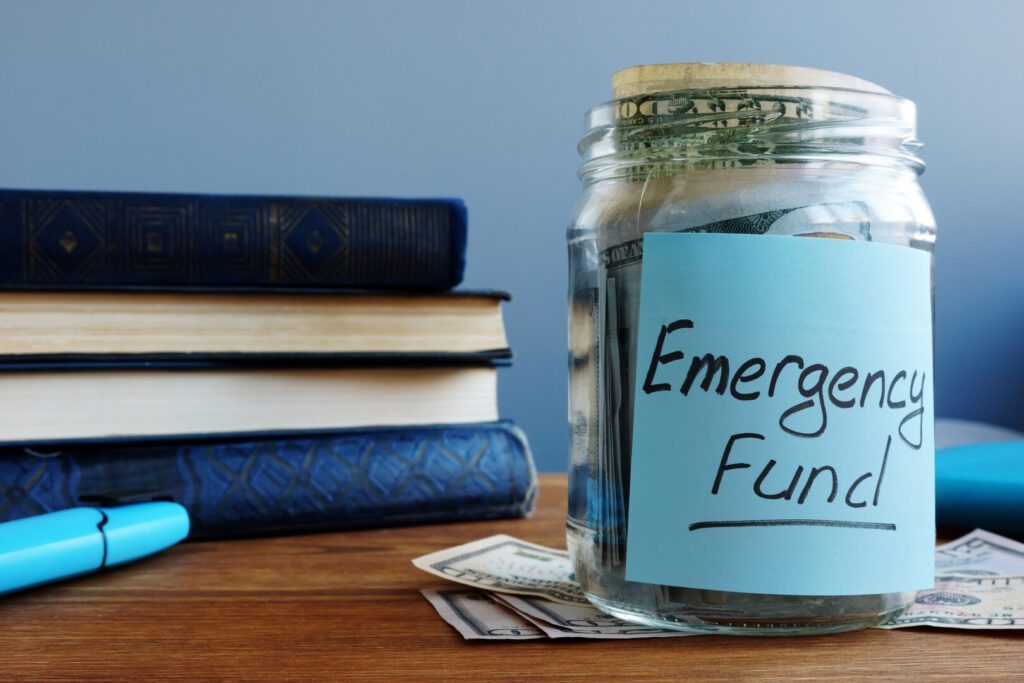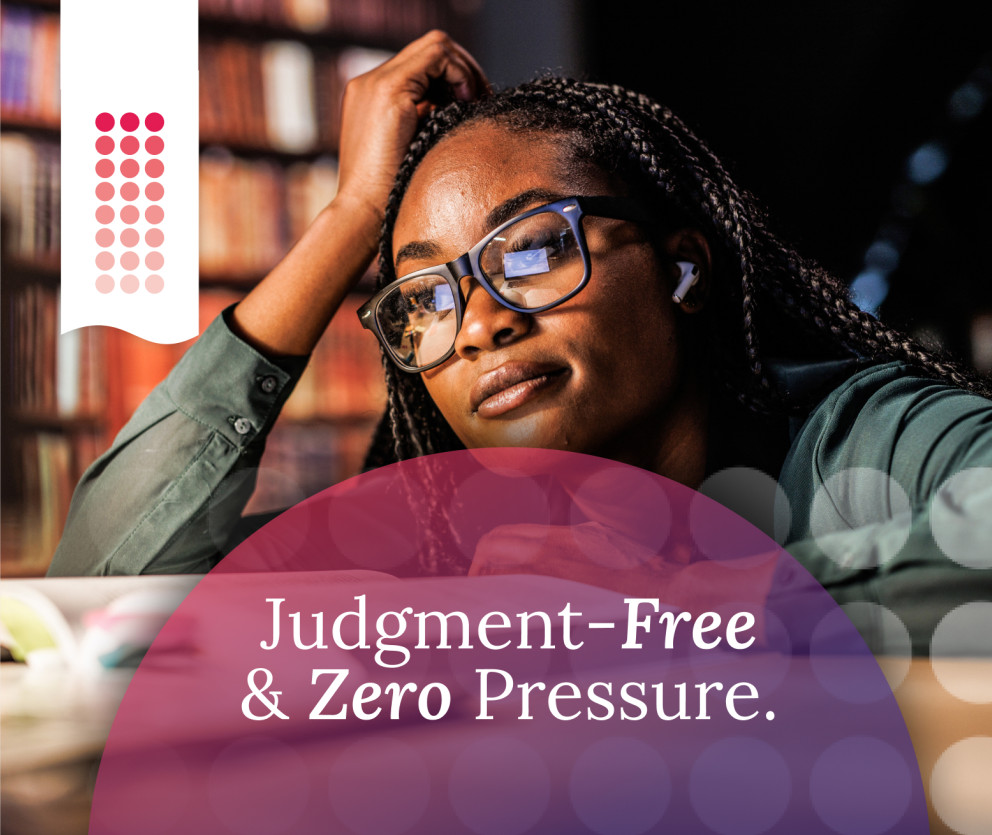If you are seeking debt relief, there are a number of different methods for repaying debt, reducing debt, and even starting afresh. For some, debt consolidation loans work by condensing debts into one management monthly repayment. For others with various assets, consumer proposals may work well by reducing debts by up to 80% through formal, legal negotiations with creditors. And for those with a large amount of debt in need of a fresh financial start, bankruptcy can help to resolve just that. Each of these forms of debt relief offers some form of debt forgiveness for those with overwhelming debt that simply cannot be repaid easily. In this article, we cover what exactly debt forgiveness is, and how you may be able to get debt forgiveness yourself.
What is debt forgiveness?
Debt forgiveness is a reduction in the amount of debt you owe, and in some cases, the complete elimination of debt. With debt forgiveness, your creditors agree to write off some or all of your debt, often for a new payment plan in cases where your debt is reduced. This is in contrast to debt repayment, where you maintain the amount of debt you owe and agree to pay it back over time. Debt forgiveness is an ideal solution when your debt becomes out of control and you are not able to reduce other costs to bring down the amount of debt you have. It is also a great debt relief option, especially when other solutions like a debt consolidation loan are not right for you, or perhaps if you are unable to qualify.
How do you know when you may need debt forgiveness?
A good way to understand if you need debt forgiveness is to consider the following:
- Are you just making by on the monthly minimum payments on your debt, and does it seem that there is no way out of it?
- Is your debt increasing each month because you are borrowing more just to keep afloat?
- Are you beginning to miss payments or taking out loans because you cannot keep up with your debts?
If you meet any of these criteria, it is time to consider how you may need to get debt forgiveness. The best thing to do is reach out to a Licensed Insolvency Trustee for advice on the next steps, and to discuss your individual financial circumstances. They will help to advise you as to the best form of debt forgiveness for you. At Spergel, we have been helping Canadians gain debt relief for over thirty years.
What qualifies as debt forgiveness?
In Canada, there are three primary forms of debt forgiveness that will reduce your overall amount of debt. These are as follows:
Bankruptcy
Should your debts be overwhelming, and you are in a position where you do not think you can repay your debt at all, filing bankruptcy could be the best form of gaining debt forgiveness in Canada. Bankruptcy is the legal process of clearing any debts you cannot pay by assigning any non-exempt assets you may have to a Licensed Insolvency Trustee. Subsequently, your debts are forgiven and written off, and you are allowed to begin a fresh financial start. Filing bankruptcy also activates a stay of proceedings, which means creditors are no longer able to contact you regarding your debts. Despite the many advantages of bankruptcy, it is important to remember that it can have a negative consequence on your credit report.
Consumer proposal
A consumer proposal is the only other form of debt forgiveness backed by the Canadian government. A consumer proposal is a formal negotiation with your creditors to eliminate any overwhelming debts. In many cases, it is possible to reduce your debt by up to 80%. In order to file a consumer proposal, you must work with an experienced Licensed Insolvency Trustee to calculate a reasonable amount for you to pay back, and they will negotiate with your creditors on your behalf. At Spergel, we have helped over 100,000 individuals become debt free. See how much debt you could potentially reduce by using our debt calculator, and learn more about the advantages of filing a consumer proposal.
A debt management plan
A debt management plan is more akin to a debt repayment plan than a consumer proposal, but it can eliminate some debt by offering interest relief. Most often this includes debts like credit card debt, loans, and bills. Typically offered by a credit counselling agency, a debt management plan enables you to condense your debts into one manageable monthly payment within a set time period. Your credit counsellor will attempt to negotiate a lower interest rate with your creditors, which will subsequently reduce the amount of your overall debt. The only downside of a debt management plan is that there is no obligation for creditors to participate in any debt forgiveness. It is not legally backed, unlike a consumer proposal or bankruptcy.
How do you get debt forgiveness on student debt?
Typically, student loan debts are handled slightly differently to other unsecured debts. One of the best options is to look at the Canadian government’s Repayment Assistance Program to see if you can gain any additional support. If this is not quite right for your needs, or perhaps if you have additional unsecured debts, filing a consumer proposal may be the best option for gaining debt forgiveness on your student loan debt. It is important to note that student loan debts will only be forgiven if you left education over seven years ago. Learn more about student loan repayment.
How do you get debt forgiveness on tax debt?
The most common method of getting debt forgiveness on tax debt is by filing a consumer proposal or bankruptcy. Despite being unlike other creditors, the Canada Revenue Agency must also accept the terms and conditions of a consumer proposal or bankruptcy as they are legal forms of debt relief. This means it has to write off tax debts like Harmonized Sales Tax, income tax, and source deductions. Learn more about gaining tax debt relief.
How do you get debt forgiveness on secured debts?
Not everybody realizes that consumer proposals and bankruptcy do not actually include secured debts – rather, they cover unsecured debts. Secured debts are any debts associated with tangible goods, for example, a mortgage or a car loan. It is therefore common to wonder how you may be able to get debt forgiveness on these debts. No matter what your arrangement with bankruptcy or a consumer proposal on unsecured debts, it does not immediately impact your secured debts. Therefore, if you are able to maintain your payments, you may keep your home or car. Should these payments be too much, it is possible to surrender your car or home and any shortfall will be forgiven as part of your consumer proposal or bankruptcy.
What is the impact of debt forgiveness on your credit report?
It may come as no surprise that debt forgiveness will be recorded on your credit report. Debt management plans and consumer proposals usually remain on your credit report for three years after completion. Bankruptcy, on the other hand, will remain for six years after you have been discharged. Learn more about life after consumer proposal, as well as life after bankruptcy. Despite the consequences, there are simple activities you can follow to rebuild your credit. It is important to remember that if you are seeking debt forgiveness, it is likely that your credit report is not immaculate anyway. Debt forgiveness can help you to begin a fresh financial start and enable you to begin saving without overwhelming debts hanging over you.
If your debts are becoming too much and you cannot see a way out, you may need debt forgiveness. The best thing to do is confront the issue by reaching out to a Licensed Insolvency Trustee. At Spergel, we will help you with your debt forgiveness options, and advise you on the right pathway to a fresh financial start. Book your free consultation today – you owe it to yourself.



















